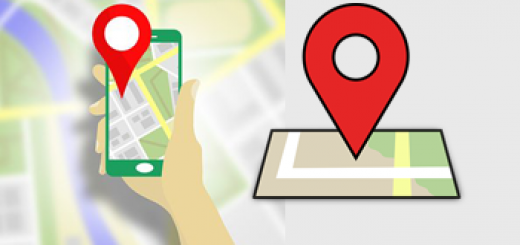Google Maps: How to Map Species Distribution Polygons
Google Maps and Google Earth are powerful tools for mapping species distribution polygons, an essential task for conservationists, ecologists, and researchers. These mapping tools allow you to visualize the geographical spread of various species, making it easier to analyze and share important data. In this article, we will explore how you can use Google Maps and Google Earth to create accurate species distribution maps with KML files.
What You Need to Get Started
To map species distribution polygons effectively, you’ll need the following tools and resources:
- A Google Account: To start creating maps in Google Maps, you’ll need a Google account. If you don’t already have one, you can sign up at Google Account Management.
- A Supported Web Browser: Google Maps supports several web browsers for viewing and creating maps. These include:
- Internet Explorer 6.0+ (Windows)
- Firefox 2.0+ (Windows, Mac, Linux)
- Safari 3.1+ (Mac)
Make sure your browser is updated for the best experience when using Google Maps.
- Google Earth Application: To enhance your mapping capabilities, you can also use Google Earth, which is a downloadable application. Google Earth supports KML (Keyhole Markup Language) files, the standard format for species distribution maps. To install Google Earth, visit Google Earth Download.
How to Create Species Distribution Polygons on Google Maps:
- Login to Google Maps: Open Google Maps and log in with your Google account. Once logged in, you’ll be able to start creating and sharing your maps.
- Draw the Polygon:
- Click on the “Your Places” option in the menu.
- Under the “Maps” tab, select “Create Map.”
- Use the drawing tools to create polygons that represent species distribution areas. You can add multiple polygons and customize their color and opacity for clarity.
- Save and Share Your Map: Once you’ve drawn your species distribution polygons, you can save the map as a KML file. This file can be shared with others or opened in Google Earth for more advanced analysis.
Using Google Earth for More Advanced Mapping
Google Earth allows for more advanced features when mapping species distribution polygons. By downloading KML files from Google Maps, you can open them directly in Google Earth to view and analyze the data in 3D. This can provide a clearer, more detailed understanding of species distribution in a particular region.
Conclusion
Mapping species distribution polygons using Google Maps and Google Earth is a simple yet powerful method for researchers and conservationists to visualize geographical data. With the right tools, including a Google account, a supported web browser, and the Google Earth application, you can easily create, analyze, and share species distribution maps to aid in research and conservation efforts.
